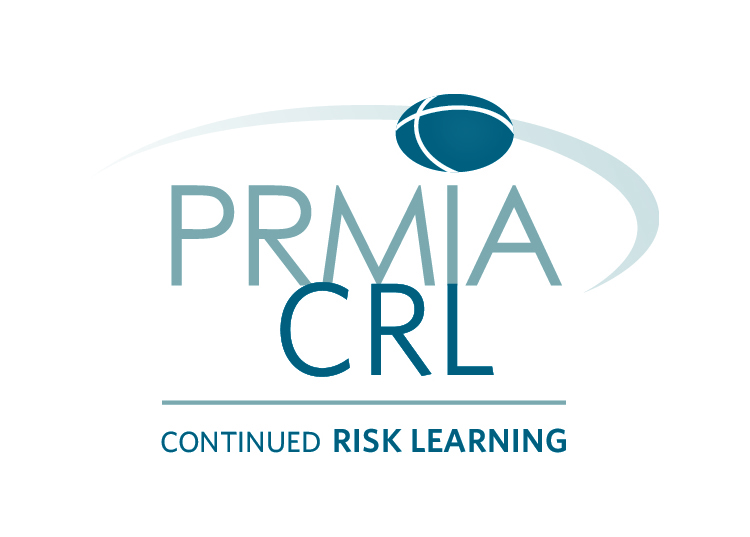Value at Risk Methods Using R

Analysts, portfolio managers, and risk managers need the ability to analyze data and apply various methodologies for evaluation of risks. In this course, we cover various modern statistical methods for analysis of risks. Participants must be able to download R / RStudio for this course. Instructions are provided in the course. If necessary, please work with your IT department to ensure you can download this free, open source software. Or use a personal device.
 Dates
Course Period:
Dates
Course Period: January 18 - February 28, 2022
Lessons Launch: Each Tuesday beginning January 18, 2022
Instructor Access: January 18 - March 7, 2021
 Time:
Time:
Self-paced
 Presented By:
Presented By:
Elena Goldman, Ph.D.
Professor of Finance and Graduate Economics
Pace University
 Session Length:
6 lessons, plus exercises
Session Length:
6 lessons, plus exercises
Lessons vary in length from 1-3 hours (see Agenda)
| About This Course |
|
This course will teach estimation and forecasting of time series models. Methods will be applied to modeling and forecasting dynamic volatility and correlations, Value at Risk, Expected Shortfall, and Systemic Risk. Also, the course will teach estimation, Monte Carlo simulations, and programming in R/RStudio. An introduction to R/RStudio and a review of basic statistics will be provided.
Learning Objectives
- Estimate and forecast time-varying volatility
- Apply various methods for tail risk measurement, including Value at Risk and Expected Shortfall
- Analyze backtesting
- Review Systemic Risk
Level
This course begins with the fundamentals of installing R/RStudio and coding. It then moves into intermediate topics, formulas, and coding.
Prerequisites
Foundations of finance and a familiarity with simple probability and statistics including least squares regression
Participants must be able to download R and RStudio for this course. Instructions are provided in the course. If necessary, please work with your IT department to ensure you can download this free, open source software.
How It Works
Each Tuesday a lesson launches with access to videos, exercises, and knowledge checks, as well as downloadable slide decks. During the course, you have access to the instructor, Elena Goldman, Ph.D., to ask questions or seek assistance through the online learning platform. You can interact with other participants as well. Once you have completed the course, you can download/print a certificate of completion and provide us with your feedback via a survey. You have access to all course for one year.
|
|
| Agenda |
| Week |
Lesson (Lecture time in parentheses) |
Topic |
Jan 18
|
Lesson 1 |
Fundamentals |
| |
Lesson 1.1 (1:06)
Lesson 1.2 (1:15)
Lesson 1.3 (:39)
|
- Introduction to R/RStudio
- Financial Returns
- Monte Carlo Simulations
|
| Jan 25 |
Lesson 2 |
Univariate Time Series Volatility |
| |
Lesson 2.1 (:24)
Lesson 2.2 (1:00) |
- Historical Volatility
- EWMA Volatility Estimator
- ARCH/GARCH Models with Extensions
|
| Feb 1 |
Lesson 3 |
Estimation of Variance-Covariance Matrix |
| |
Lesson 3.1 (:17)
Lesson 3.2 (1:11)
Lesson 3.3 (:45)
|
|
| Feb 8 |
Lesson 4 |
Value at Risk, Expected Shortfall |
| |
Lesson 4.1A (1:02)
Lesson 4.1B (:54)
Lesson 4.2 (:28) |
- Historical
- Variance-Covariance
- Filtered Historical Simulations
- Monte Carlo
|
| Feb 15 |
Lesson 5 (:57) |
Backtesting |
| |
|
- Kupiec and other Backtests
|
| Feb 22 |
Lesson 6 (:50) |
Systemic Risk |
| |
|
|
This course is intended for practitioners in banks and other financial companies in the areas of:
- Risk management
- Portfolio management
- Finance
- Business analytics
| About Our Expert |
|
|
|
 |
|
Elena Goldman, PhD, is a Professor of Finance and Graduate Economics at the Lubin School of Business at Pace University. Her research and teaching are in the fields of Financial Econometrics, Bayesian Econometrics, Risk Management, and International Finance. Goldman’s recent academic publications include "Regimes and Long Memory in Realized Volatility," Studies in Nonlinear Dynamics and Econometrics and “Internal Capital Markets and Dividend Policy: Evidence from Indian Corporates," Journal of Financial Research. Her current working papers are on systemic risk, asymmetric GARCH volatility models, and margin models for Central Clearing Counterparties (CCPs).
Elena currently serves on the Education Committee for PRMIA. She was a fellow at the SEC in 2016. She holds a Ph.D. in Economics from Rutgers University.
|
| Continued Risk Learning Credits: 14 |
 PRMIA Continued Risk Learning (CRL) programs provide you with the opportunity to formally recognize your professional development, documenting your evolution as a risk professional. Employers can see that you are not static, making you a highly valued, dynamic, and desirable employee. The CRL program is open to all Contributing, Sustaining, and Risk Leader members, providing a convenient and easily accessible way to submit, manage, track and document your activities online through the PRMIA CRL Center. To request CRL credits, please email [email protected].
PRMIA Continued Risk Learning (CRL) programs provide you with the opportunity to formally recognize your professional development, documenting your evolution as a risk professional. Employers can see that you are not static, making you a highly valued, dynamic, and desirable employee. The CRL program is open to all Contributing, Sustaining, and Risk Leader members, providing a convenient and easily accessible way to submit, manage, track and document your activities online through the PRMIA CRL Center. To request CRL credits, please email [email protected].
| Registration |
| Membership Type |
Price |
| |
|
| All Member Types |
$ 799 |
| Non Members |
$ 899 |
If this is your first time accessing the PRMIA website you will need to create a short user profile to register. Save on registration by becoming a member.
Register Now